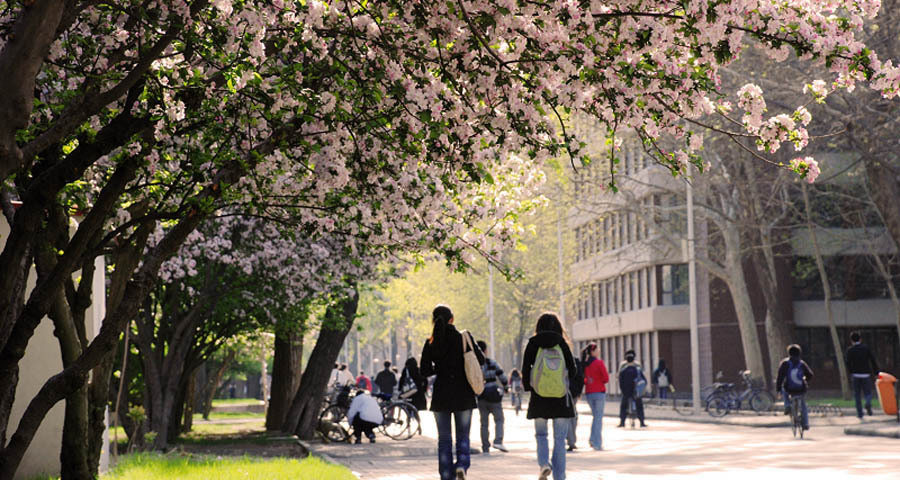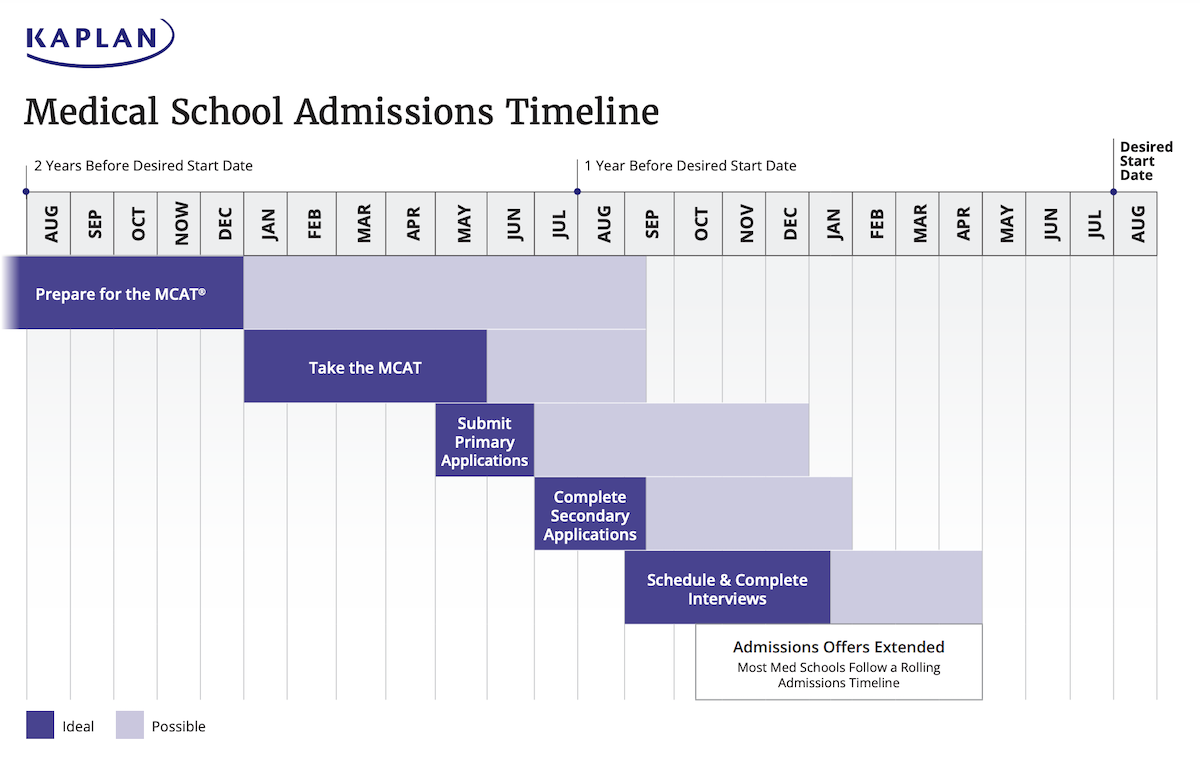Which Medical Universities in China are Affordable for International Students:Affordable medical universities in China for international students include Tongji Medical College at Huazhong University of Science and Technology, the Medical Department of Fudan University, and West China Medical College at Sichuan University.
Table of Contents

Introduction
The medical education system in China has rapidly evolved over the past few decades, becoming an appealing option for international students due to its high quality and affordability. With a diverse range of medical universities and a globally competitive curriculum, China is growing as a hub for medical education. This guide aims to provide detailed information on the most affordable medical universities in China for international students and serve as a comprehensive resource for prospective students.
Overview of Medical Education in China
In China, the pathway to becoming a doctor typically involves a Bachelor of Medicine, Bachelor of Surgery (MBBS) program, which lasts for six years and includes one year of internship. The curriculum is rigorous and designed to equip students with the necessary theoretical knowledge and practical skills to excel as healthcare professionals.
- Curriculum Structure: Chinese medical universities usually follow a curriculum that is divided into two main components: the pre-clinical phase (first 2-3 years), where students learn basic medical sciences and theory, and the clinical phase (last 3-4 years), where students engage in practical training through internships at affiliated hospitals.
- Medium of Instruction: To cater to the increasing number of international students, many Chinese medical universities offer MBBS programs in English, making it easier for non-native Chinese speakers to adapt and learn.
- Accreditation and Quality: Medical programs in China are accredited by the Ministry of Education and are often listed in the World Directory of Medical Schools. This assures students of the quality and international recognition of their education.
- Cost Factor: One of the key reasons why China is becoming a popular destination for medical education among international students is the relative affordability of its programs. While providing education at par with Western standards, the cost of an MBBS in China is significantly lower, making it an attractive option for students on a budget.
Criteria for Affordability
Affordability is a critical factor for international students when selecting a medical university. In this section, we will break down the various elements that contribute to the affordability of studying medicine in China, offering a clearer understanding of the financial considerations involved.
Tuition Fees
Tuition fees are a significant part of the overall cost of studying medicine abroad. In China, tuition fees for medical programs can vary widely between universities. Generally, medical schools in China have lower tuition fees compared to those in Western countries.
- Public vs Private Universities: Public universities, often funded by the government, usually have lower tuition fees compared to private institutions.
- Location Factor: Universities in larger cities like Beijing or Shanghai may have higher tuition fees due to the higher living standards in these cities.
- Program Specialization: Some specialized medical programs may have higher tuition fees due to the additional resources they require.
Living Costs
Living costs are the day-to-day expenses students incur while studying. They can vary dramatically depending on the location and lifestyle of the student.
- Accommodation: Options may include university dormitories, private apartments, or shared housing. Generally, housing in smaller cities or in the outskirts of larger cities is more affordable.
- Food and Groceries: Eating out at restaurants frequently can add up, so many students opt to cook at home to save money. Local markets often offer affordable fresh produce.
- Utilities and Transportation: Basic utilities (electricity, heating, cooling, water, garbage) and transportation expenses are also significant and may vary from city to city.
15 List of Affordable Medical Universities
| University Name | Location | Approximate Tuition Fees (per year) | English-Taught Programs Available |
|---|---|---|---|
| Wuhan University | Wuhan | $6,000 – $8,000 | Yes |
| Fudan University | Shanghai | $10,000 – $12,000 | Yes |
| Zhejiang University | Hangzhou | $8,000 – $10,000 | Yes |
| Sichuan University | Chengdu | $6,000 – $8,000 | Yes |
| Xi’an Jiaotong University | Xi’an | $7,500 – $9,000 | Yes |
| Sun Yat-sen University | Guangzhou | $8,000 – $10,000 | Yes |
| Huazhong University of Science and Technology | Wuhan | $6,500 – $8,500 | Yes |
| Shandong University | Jinan | $6,000 – $8,000 | Yes |
| Jilin University | Changchun | $5,000 – $7,000 | Yes |
| Tianjin Medical University | Tianjin | $7,000 – $9,000 | Yes |
| Capital Medical University | Beijing | $8,000 – $10,000 | Yes |
| Guangxi Medical University | Nanning | $5,500 – $7,500 | Yes |
| Qingdao University | Qingdao | $6,000 – $8,000 | Yes |
| Ningxia Medical University | Yinchuan | $5,000 – $7,000 | Yes |
| Harbin Medical University | Harbin | $6,000 – $8,000 | Yes |
Scholarships and Financial Aid
Chinese Government Scholarship
- Amount: Full or partial scholarships
- Coverage: Full scholarships cover tuition fees, accommodation, monthly stipends (CNY 1,400 – 3,000), and comprehensive medical insurance. Partial scholarships may cover one or more items of the full scholarship.
- Link for more information: Chinese Government Scholarship
Confucius Institute Scholarship
- Amount: Varies depending on the scholarship type
- Coverage: May include tuition fees, accommodation, and a monthly stipend (around CNY 2,500).
Shanghai Government Scholarship
- Amount: Full scholarship (CNY 25,000 – 35,000 per year) or partial scholarship (CNY 8,000 per year)
- Coverage: Full scholarships cover tuition, accommodation, medical insurance, and a monthly stipend. Partial scholarships cover tuition and medical insurance.
- Link for more information: Shanghai Government Scholarship
CSC-Leiden University Joint Scholarship Program
- Amount: Full scholarship
- Coverage: Tuition fees, living expenses, airfare, and medical insurance.
Nanjing Government Scholarship
- Amount: CNY 10,000 – 30,000 per year
- Coverage: Varies, but often covers partial or full tuition fees.
- Link for more information: Nanjing Government Scholarship
Tsinghua University Graduate Scholarship
- Amount: Up to full coverage of tuition fees, with a monthly stipend of around CNY 2,000 for master’s students and CNY 2,500 for doctoral students.
- Coverage: Tuition fees and living expenses.
- Link for more information: Tsinghua University
Guangxi Government Scholarship
- Amount: CNY 10,000 – 30,000 per year
- Coverage: Typically covers tuition fees and may include a living allowance.
- Link for more information: Guangxi Government Scholarship

Cost of Living in Different Cities
The cost of living in China varies significantly from city to city. Generally speaking, first-tier cities such as Beijing, Shanghai, and Guangzhou tend to have a higher cost of living compared to second-tier and third-tier cities. This section provides a general overview of the typical expenses an international student might expect to incur in different cities across China.
Accommodation Costs
Accommodation is often the most significant part of a student’s monthly expenses. In major cities like Beijing and Shanghai, renting a single-bedroom apartment can cost from CNY 4,000 to 8,000 per month, while in second-tier cities like Chengdu or Xi’an, the cost can be between CNY 2,000 and 5,000 per month. University dormitories are generally the most economical option, ranging from CNY 1,000 to 3,000 per month.
Food and Daily Expenses
China offers a wide variety of food options at different price points. Eating at university canteens is usually the most cost-effective option, where a meal might cost around CNY 10 to 20. Dining in a mid-range restaurant might cost around CNY 50 to 100 per person. On average, students might expect to spend around CNY 1,500 to 2,500 per month on food and other daily necessities, depending on the city.
Transportation Costs
Public transportation in China is generally convenient and affordable. In cities like Guangzhou and Hangzhou, a subway ride typically costs around CNY 3 to 6, and a monthly transportation card for unlimited rides on public transport might cost about CNY 200. Taxis start at around CNY 10 and charge additional based on distance. Overall, students might expect to spend around CNY 300 to 500 per month on transportation.
Please note that these costs are estimates and can vary significantly based on the city and lifestyle of the student. It is essential for students to research the cost of living in their specific city of interest and plan their budget accordingly.
Application Process for International Students
The application process for international students who wish to study medicine in China involves several key steps. This process is generally straightforward but requires careful attention to detail. The following guide outlines these steps, from understanding the application requirements to submitting all the necessary documents.
Application Requirements
Before beginning the application process, students should familiarize themselves with the general requirements:
- Age and Health: Applicants are generally expected to be in good health and within a specific age range (usually between 18 and 30 years old for undergraduate programs).
- Language Proficiency: For English-taught programs, proof of English proficiency such as IELTS or TOEFL scores may be required. For Chinese-taught programs, HSK (Chinese Proficiency Test) certification might be necessary.
- Academic Qualifications: Applicants must have the equivalent of a high school diploma for bachelor’s programs, a bachelor’s degree for master’s programs, and a master’s degree for doctoral programs.
Application Timeline
The application timeline may vary between universities, but generally follows this pattern:
- Research and Choose Universities (October – December): Research potential universities and medical programs. Decide where you want to apply.
- Prepare Necessary Documents (January – March): Gather all necessary documents, such as transcripts, language proficiency tests, and recommendation letters.
- Submit Application (April – May): Complete the online application through the university’s application portal or through a platform like CSC.
- Receive Admission Notice (June – July): If accepted, you will receive an admission notice and a JW201 or JW202 form for your visa application.
- Apply for a Visa (July – August): With your admission notice and JW201/JW202 form, apply for a Chinese student visa (X1 or X2) at the nearest Chinese embassy or consulate.
- Arrive in China and Register at the University (August – September): Travel to China, arrive before the registration date mentioned in your admission notice, and complete the registration process at your university.

Necessary Documents
Here is a list of the documents that are commonly required for application:
- Application Form: Completed application form for international students, usually available on the university’s official website.
- Passport Copy: A clear scan of your passport’s information page.
- Academic Transcripts and Diplomas: Transcripts from your most recent educational institution and copies of relevant diplomas or certificates.
- Language Proficiency Certificate: Either an IELTS/TOEFL score report for English-taught programs or an HSK certificate for Chinese-taught programs.
- Physical Examination Form: Completed and signed health examination form (often provided by the university).
- Letter of Recommendation: Usually two recommendation letters from professors or relevant professionals.
- Statement of Purpose or Research Proposal: A written document explaining why you wish to study in China and outlining your academic and career goals.
- Passport-sized Photos: Usually two recent passport-sized photos.
Recognition of Chinese Medical Degrees
Chinese medical degrees have gained significant recognition internationally, allowing graduates to practice in various parts of the world after fulfilling specific criteria. This section details the recognition of Chinese medical degrees and highlights essential examinations and listings that graduates should be aware of when planning to practice medicine outside of China.
World Health Organization (WHO) Listing
Many medical universities in China are listed in the World Directory of Medical Schools, which is maintained by the World Health Organization (WHO). This listing is a crucial element for international students as it is often a preliminary requirement for applying to sit for medical licensing exams in various countries. Graduates from medical schools listed in this directory are generally recognized as having met the basic international standards for medical education.
Medical Councils of Various Countries
Graduates of Chinese medical programs who wish to practice medicine in a different country typically need to get their qualifications recognized by the medical council or equivalent authority in that nation. For example:
- In the United States, graduates must pass the USMLE (United States Medical Licensing Examination) and apply for ECFMG certification.
- In the UK, graduates can apply to the General Medical Council (GMC) for registration, after passing the PLAB (Professional and Linguistic Assessments Board) test or meeting other criteria.
- In India, graduates must clear the FMGE (Foreign Medical Graduates Examination) conducted by the National Board of Examinations (NBE) to practice.
It is essential to check the specific requirements of the medical council in the country where you intend to practice.
USMLE and PLAB Examinations
For Chinese medical graduates aiming to practice in the United States or the United Kingdom, passing specific examinations is required:
- The USMLE (United States Medical Licensing Examination) is a three-step examination for medical licensure in the United States. It assesses a physician’s ability to apply knowledge, concepts, and principles, and to demonstrate fundamental patient-centered skills.
- The PLAB (Professional and Linguistic Assessments Board) test is the main route by which International Medical Graduates (IMGs) demonstrate that they have the necessary skills and knowledge to practice medicine in the United Kingdom.
Student Life and Cultural Experience
Studying medicine in China is not just about academics; it’s also an opportunity for international students to immerse themselves in a unique and vibrant culture. This section provides insights into what student life is like on a Chinese medical campus and the broader cultural experiences that students can expect.
Campus Life
Living on a Chinese medical university campus is a rich and engaging experience. Most universities have well-equipped campuses with modern libraries, laboratories, and medical practice centers. Dormitories for international students are generally comfortable and may offer options ranging from single rooms to shared apartments. Campus cafeterias provide a variety of foods, including options for different dietary preferences. Many campuses also have sports facilities where students can participate in activities like badminton, basketball, swimming, and fitness classes. Additionally, international students often have the opportunity to join in celebrations of traditional Chinese festivals, such as the Mid-Autumn Festival and Spring Festival, providing a taste of China’s rich cultural heritage.
Interaction with Local Students and Faculty
Interaction with local students and faculty members is an integral part of the international student experience in China. This interaction promotes cultural exchange and language learning opportunities. Local and international students study together, collaborate on projects, and form friendships. Chinese medical professors, often trained abroad, aid global students in adjusting to life in China and offer academic and non-academic assistance.
Extracurricular Activities
Beyond the classroom, international students at Chinese medical universities have an array of extracurricular activities to choose from. These may include:
- Language Exchange Clubs: Where international students can partner with local students to improve their Mandarin skills while helping their Chinese peers with English or other languages.
- Cultural Excursions: Organized trips to historical sites, such as the Great Wall or the Forbidden City, or to other cities and regions to explore China’s diverse landscapes and cultures.
- Student Organizations and Clubs: From photography and arts clubs to sports teams and volunteer organizations, there is likely a group that aligns with just about any interest.
- Medical Volunteering: Opportunities to volunteer in local clinics or hospitals, which provides international students with valuable practical experience and a chance to give back to the community.

